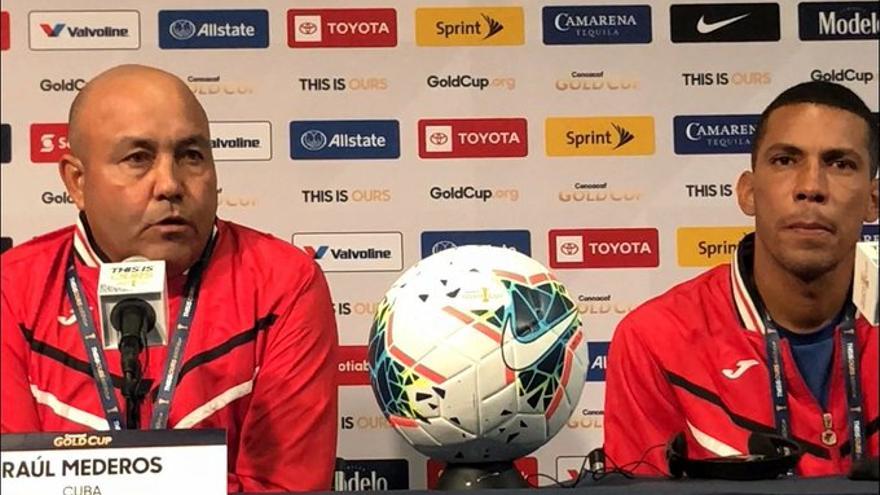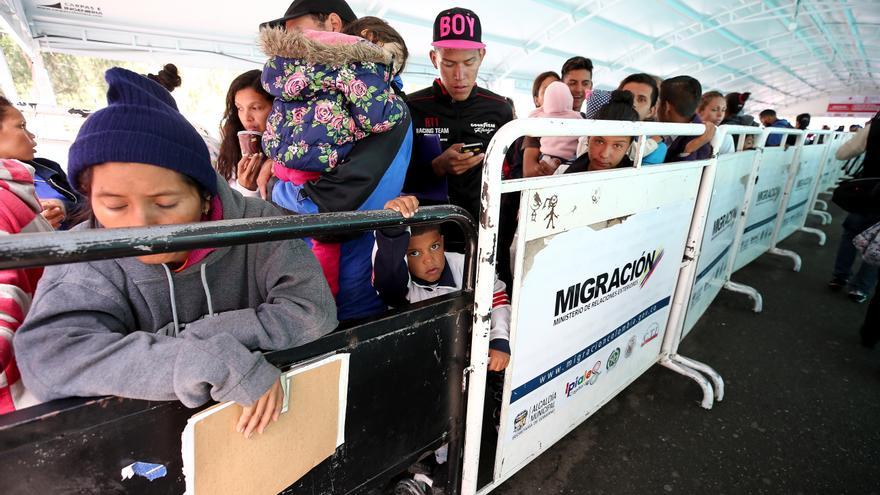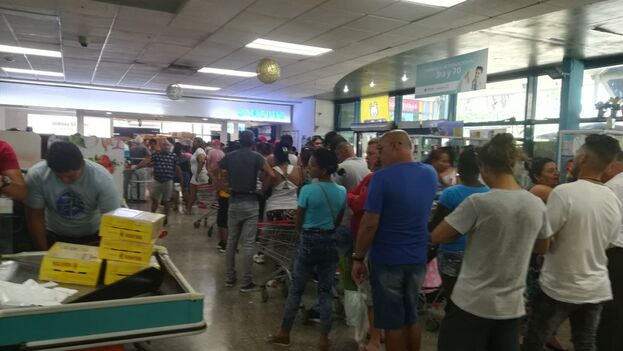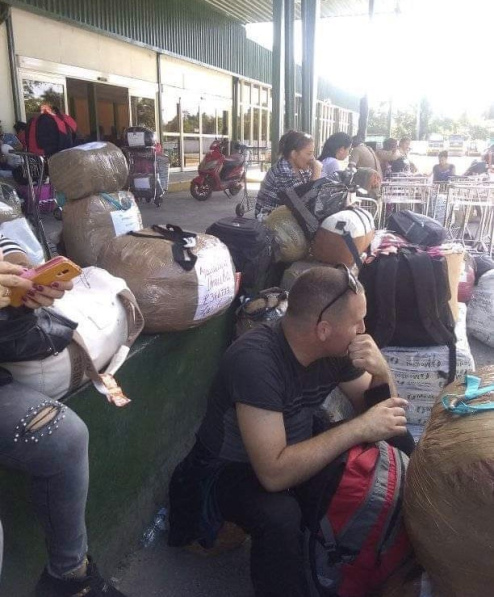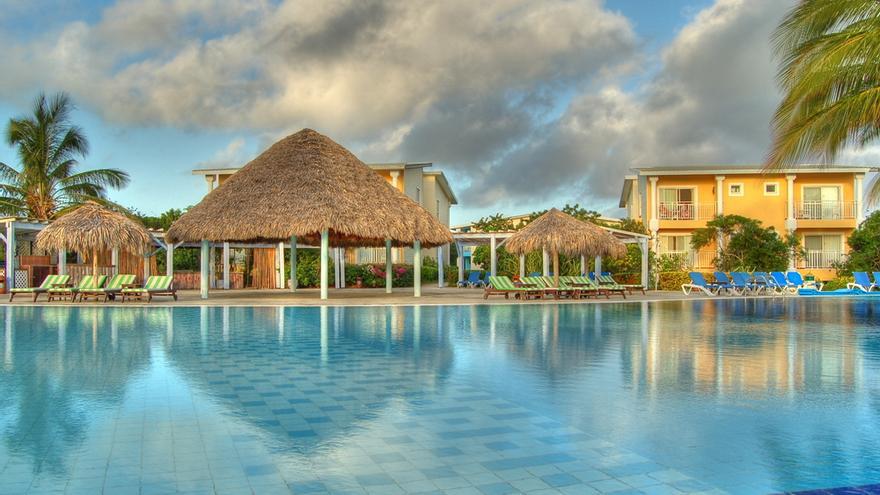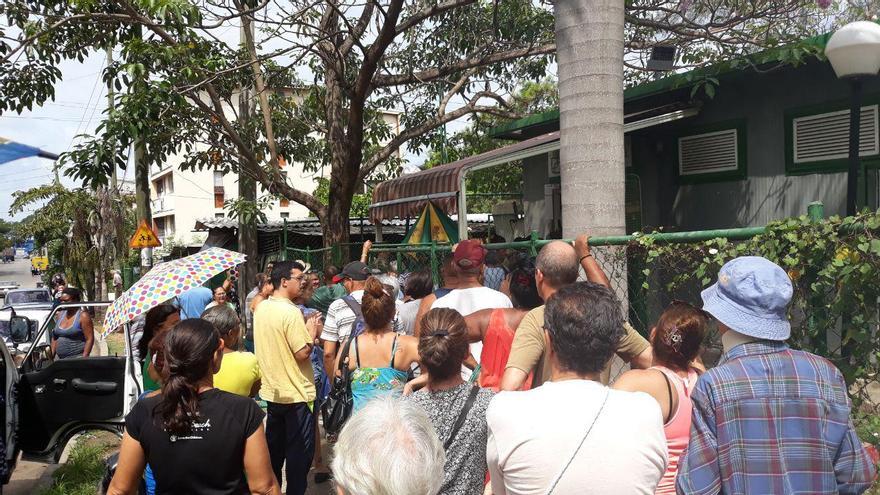
![]() 14ymedio, Marcelo Hernandez, Havana, July 15, 2019 — Many economists have been seized by incredulity at the official announcement that Cuba’s Gross Domestic Product recorded an increase of 2.2% in 2018, almost double the 1.2% published last December by the same authorities.
14ymedio, Marcelo Hernandez, Havana, July 15, 2019 — Many economists have been seized by incredulity at the official announcement that Cuba’s Gross Domestic Product recorded an increase of 2.2% in 2018, almost double the 1.2% published last December by the same authorities.
In his speech last Saturday before Parliament, president Miguel Díaz-Canel took a surprising turn when he declared that “after concluding the calculations and reconciliations of the levels of activity that determine the performance of the economy,” they had reached the conclusion that the results had been better than expected and that the GDP had grown by 2.2%.
The change was owed mainly to the performance of the construction, public health, and agricultural sectors, according to the state-owned Cuban News Agency (ACN). Several economists call these figures into question, noting the complex economic situation of the second half of 2018, especially with the food shortages. continue reading
The economist Pedro Monreal questioned the method followed to raise the GDP. “The revision of the growth of agriculture to 2.6% is noteworthy, it radically modifies a previous estimate of a decrease of -4.9%. It’s a big variation of 7.5 points,” he pointed out.
The shortage of agricultural products was one of the most evident signs of the economic crisis that worsened at the end of last year and still extends over the whole Island. In December pork reached 70 CUP per pound in some markets in the Cuban capital, despite the government’s attempt to force it down by imposing price caps.
Monreal appeals to the figures recently published by the National Office of Statistics (ONEI) and which don’t seem to fit with the new results. “A few days ago chapter 9 of the Statistical Yearbook of 2018 had been published with information on agriculture. Those statistics were not expressed in value, but rather in physical indicators and they seemed to indicate a not very optimistic trend.”
The economist Elías Amor goes a step further in his criticism. “After the disastrous balance made previously, they’re declaring that the economy grew double what was predicted. Is that how they intend to get credibility? What are the reasons for this statistical, or perhaps political, fraud?” he writes in his blog Cubaeconomía.
Amor recalls that “since 2007 there hasn’t been recorded a polemic like this in the data on the Cuban economy. (…) At the moment, we are not going to accept the 2.2% growth in 2018. There is no reason for it,” specifies the economist, who lives in Spain.
The opinion of both specialists coincides with the warning given by the economist Carmelo Mesa-Lago in February during the Conference on Cuban and Cuban-American Affairs at Florida International University. Then, the University of Pittsburgh professor emeritus emphasized that the Island’s economy is in its worst moment since the 1990s.
Mesa-Lago also recalled that in 2006, when Raúl Castro took power, the government announced a GDP growth of 12.3%. “But it had been gradually declining until in 2018 it fell to 1.2%,” he said in reference to the figure that was modified this Saturday. “The figures become complicated,” according to Mesa-Lago, with the fact that the fiscal deficit jumped from 3.2% in 2007 to 8.7% ten years later.
On social media, users also criticized the new figure for GDP and made jokes about it. On Twitter, a user identified as Conodrum lamented that “the worst thing isn’t that they lie but that some in the hierarchy believe the lies and act in accordance with them.” While Mario J. Pentón wrote ironically on Facebook: “We have always heard that the Cuban Government puts makeup on its growth figures. This is no longer makeup, it’s total plastic surgery.”
Nor were jokes lacking among customers of the agricultural market on San Rafael street, one of the most important in Havana. “Now, yes, we have an abundant GDP, to fill the platforms, the plate, and the eyes,” laughed a lady who had come in search of an avocado but decided to leave with her bag empty when she saw the price: 15 CUP each (roughly 60¢ US, in a country with an average monthly wage of about $30).
Translated by: Sheilagh Herrera
_____________________
The 14ymedio team is committed to serious journalism that reflects the reality of deep Cuba. Thank you for joining us on this long road. We invite you to continue supporting us, but this time by becoming a member of 14ymedio. Together we can continue to transform journalism in Cuba.





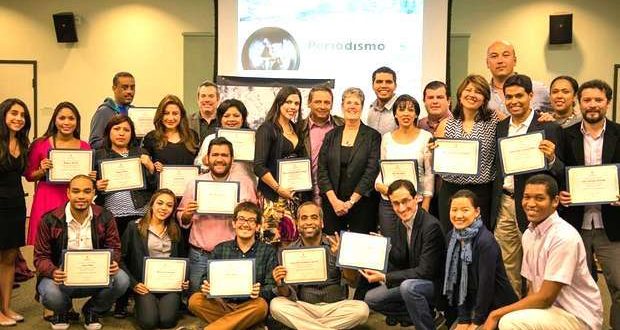
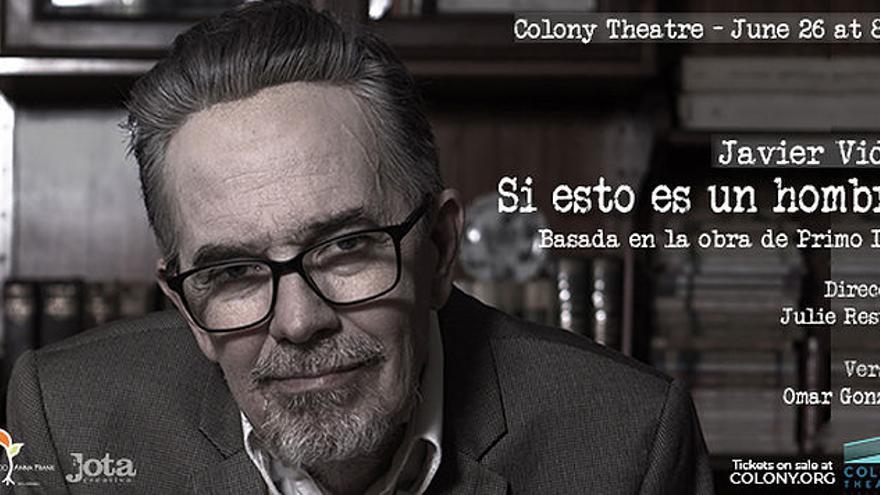

 This is how the average monthly temperatures (C) have behaved in Cuba from 1901 to March of 2019
This is how the average monthly temperatures (C) have behaved in Cuba from 1901 to March of 2019 